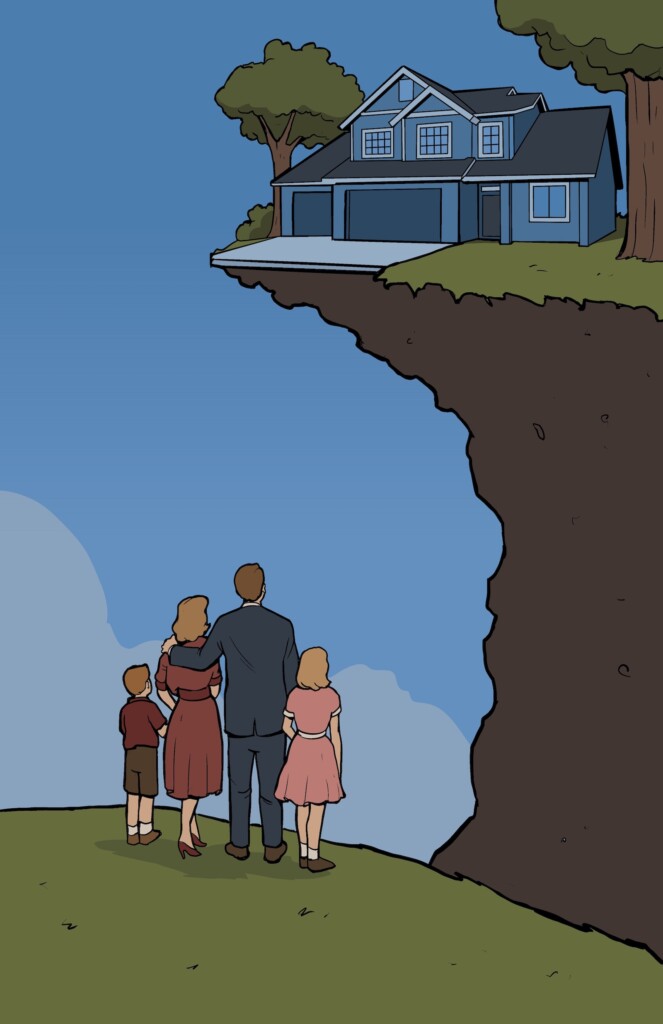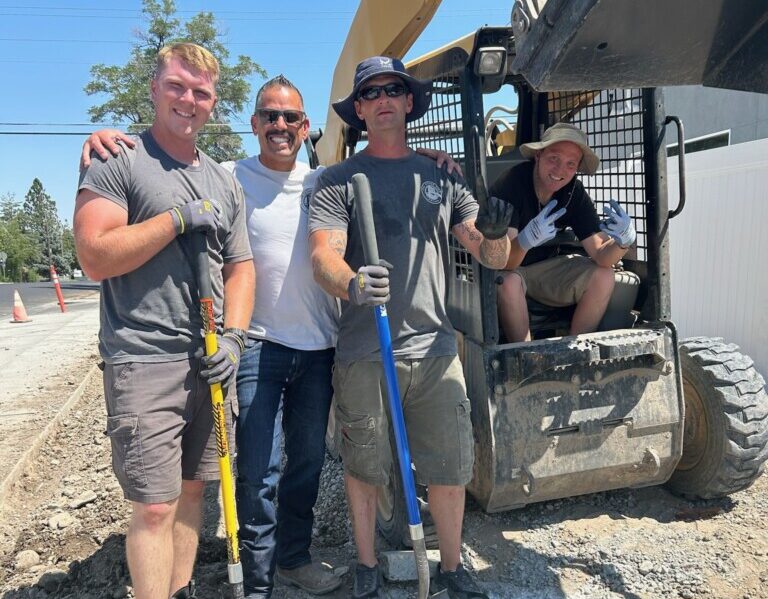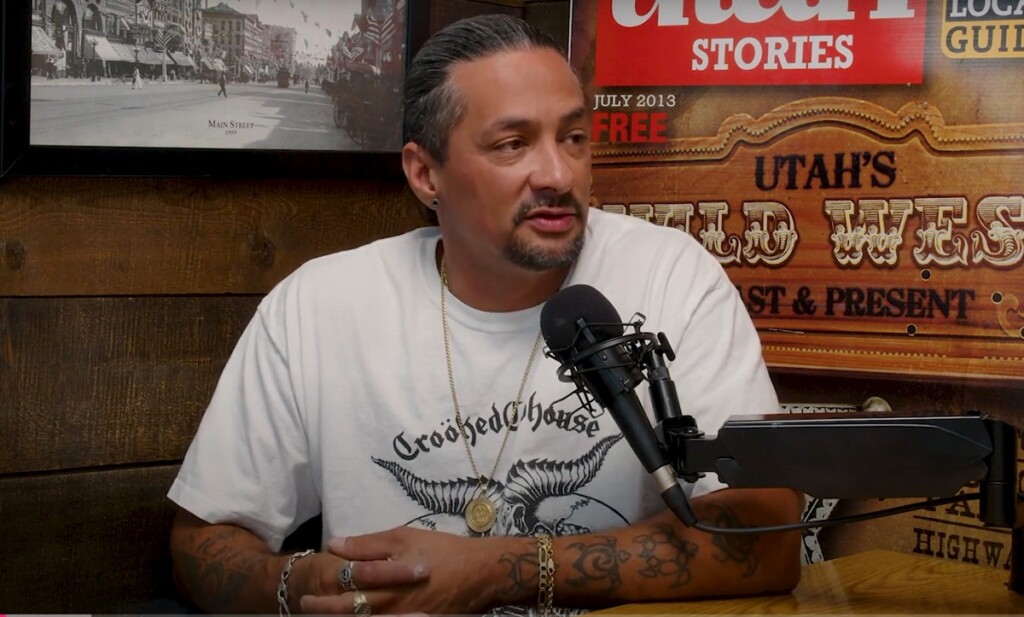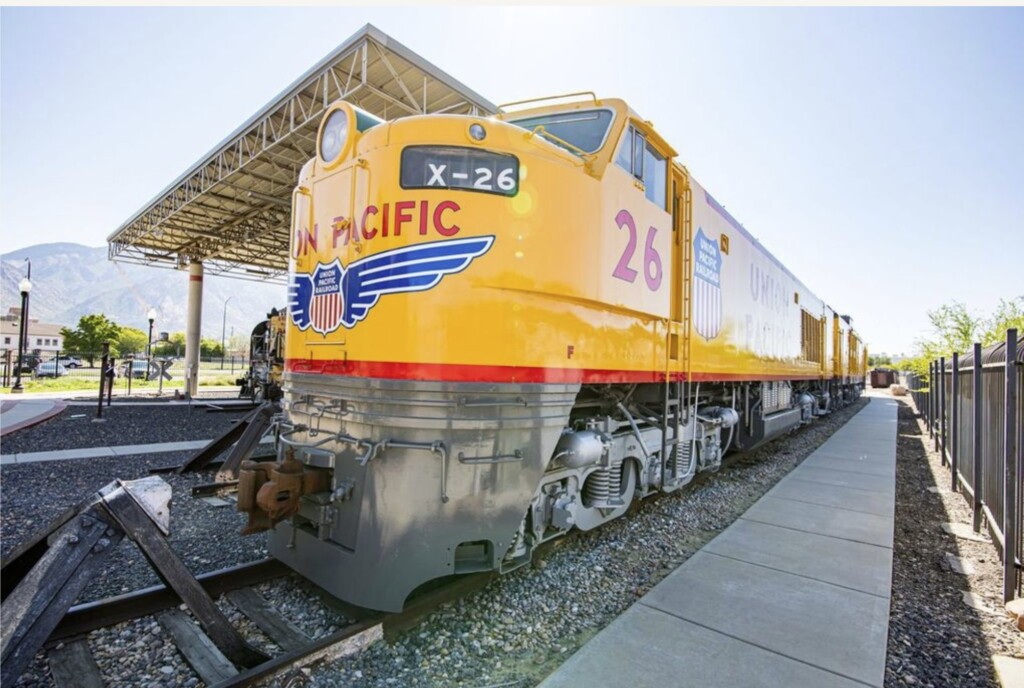While interviewing folks on the corner of North Temple and 900 W, I asked the same question I’ve been asking everybody for the last two days: “What would you rather have, affordable housing or a Major League Baseball stadium?”
Inevitably, everyone replied, “affordable housing.” Perhaps this is not an either/or situation, but seeing how our state legislature ponied up $2 billion in tax subsidies for an MLB stadium compared to “hopeful measures” for affordable housing, we find a dichotomy between the working class and the interests of the elites.
Governor Cox asked for $150 million that he hoped would result in $350,000 homes. “So our kids and grandchildren,” as he said, “can afford housing once again.” But instead, the legislature passed “measures” with the caveat that “cities need to step up [and change zoning].” From these “measures” we can clearly see what our state’s leaders’ priorities are.
Kevin, a 56-year-old African-American male is all too familiar with Utah’s lack of affordable housing. He was renting a home at Eagle Mountain while earning $15 an hour working in a restaurant. Four years ago he was told by his landlord that he’d have to move out. Kevin said he’s been living on the street ever since. “There ain’t no affordable housing around here,” he told me.
“What would affordable housing be for you?” I asked him.
“Five hundred or six hundred dollars per month. That’s about all I could afford earning $15 per hour.”
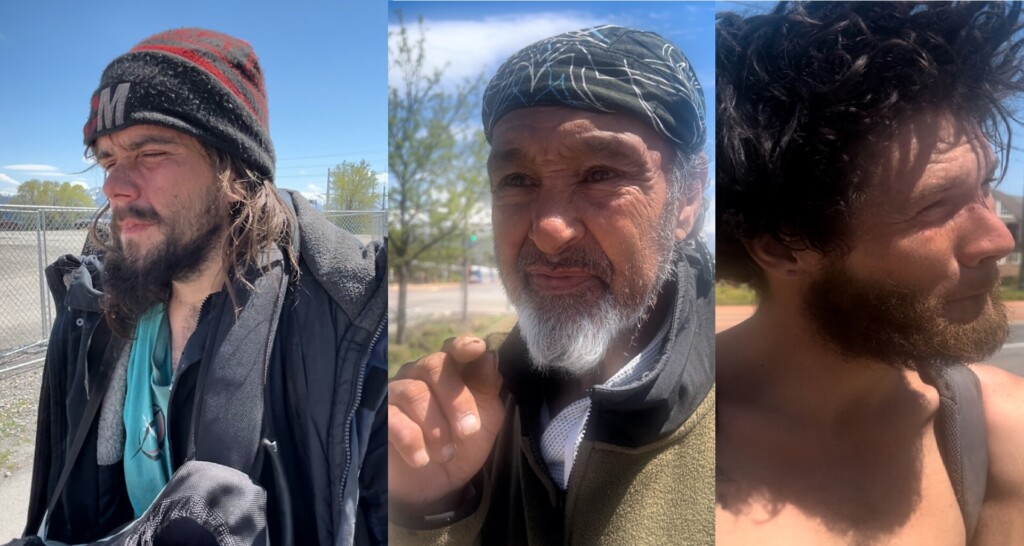
Currently, there is no housing offered anywhere near this amount in Salt Lake City, for able-bodied (non-disabled) residents. This has resulted in a lot more able-bodied people being classified as disabled so they can receive a position on the housing waiting list and pay rent using 30% of their SSDI check.
“Unless you’re on Social Security and you’re getting some money, it’s just not possible,” Kevin adds.
“Are you on Social Security?” I asked.
“I’ve been trying, but I just don’t qualify,” he explained.
Deeply-affordable housing usually refers to rent-controlled housing mandated by low-interest government loans for developers. Deeply affordable means rent that is less than 30% of the median household income. Very few working-class people qualify for this type of housing absent a disability.
Another young man I talked to on the streets has been suffering from brain trauma since getting into a severe car accident when he was 16. His street name is “Crash”.
“I’d love to get off the streets. I want to get into housing. But I just don’t see that happening. I’m just out here surviving.”
He says he will not go into the shelters because the staff that worked there did not show respect for the tenants. He also says he hasn’t tried to get a disability check.
“Maybe I’ll make it out here a few more years.”
Two winters ago, Crash was stabbed in the chest and suffered from a collapsed lung, and he is still clearly not well. But there is some hope on the horizon.
A few apartments now for rent are approaching the affordable range for tenants who earn upwards of $23-$25 per hour. But they are few and far between. Apartments that range from $1200 for studios and $1700 for one-bedroom are popping up with special promotions and offers. The Slate, on 900 S in the Grainery District, offers 463-square-foot studio apartments for $1295, with one-bedroom apartments starting at $1349.
The Slate’s inventory of two-bedroom apartments for $1899 have completely sold out. The Slate offers amenities such as a dog spa, sauna, cold plunge, and recreation area, as well as the highly-walkable lower-ninth area. What they don’t offer is ownership.
I spoke to a bartender at Whiskey Street who lives in the Avenues. She expressed how much she loves the area. “Have you seen how beautiful it is to walk around over there? All these people have gnomes in their yards and the old houses are so nice.”
But even on a bartender’s salary, there’s little hope of owning any property and building equity anytime soon. I decided to see if I can find any young people who have bought a townhouse or condominium where they are building equity.
By far the majority of the 30,000 units going up in downtown Salt Lake City are apartments for rent.
This is a disturbing trend considering that a majority of Americans now suffer under the greatest debt burden in decades: $17.5 trillion to be exact.
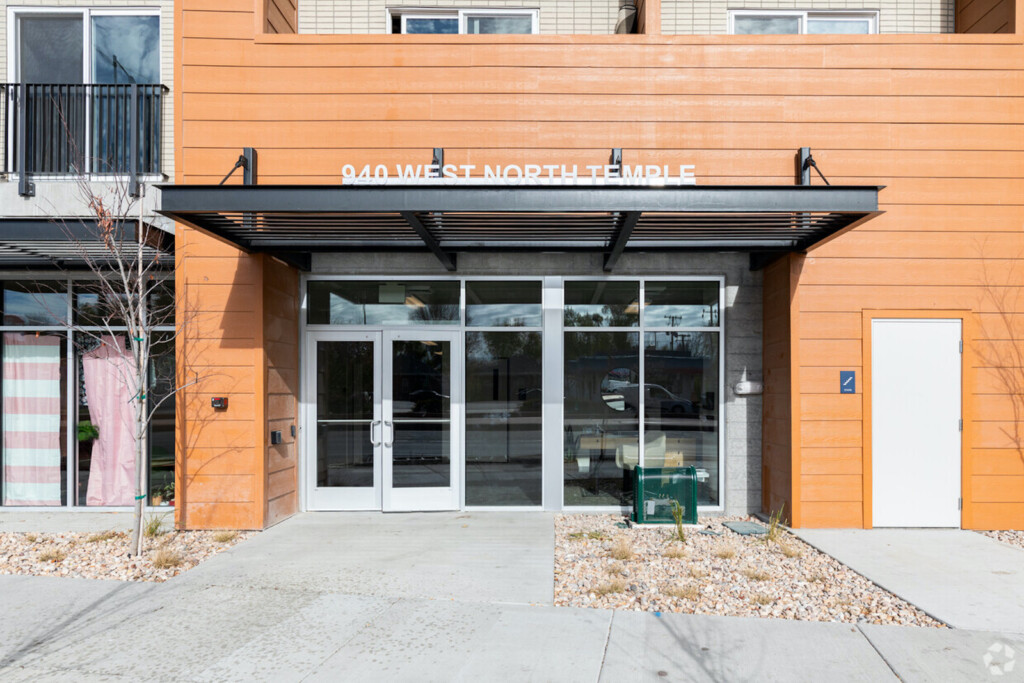
Americans’ number one financial asset and pathway to independent wealth has always been via home ownership. The ability of residents to build equity in some types of real estate has been the means for Utahns to gain financial independence and enjoy a secure retirement for generations. Has the home ownership society disappeared?
Is property ownership no longer a priority for our state leaders? If it were, they would certainly be endorsing or supporting different policies other than giving tax breaks to billionaires for ballparks.
Why not rezone huge tracts of land in less populated areas further west such as Magna or Copperton? Why not build huge tiny home communities in every county along the Wasatch Front until $500 per month rents or $350K homes can be made a reality?
These policies would bolster small business because low-skilled workers would immediately become less expensive; these policies would remove thousands from the social security disability rolls. If tiny homes could be bought with tiny mortgages, they could allow those on the lowest rungs of the socioeconomic ladder to build equity rather than maintain zero wealth like so many living on the bottom do. Those like Kevin.
There is a simple reason why these policies are not favored by our political leaders: NIMBY (not in my back yard) policies which are classist and often racist are the norm. This is the case not just in Utah, but elsewhere in the west. Those who enjoy financial independence due to their acquisition of property believe any low-income housing development would destroy or threaten their greatest investment. But is this really true?
Feature Image Illustration by Chris Bodily.

